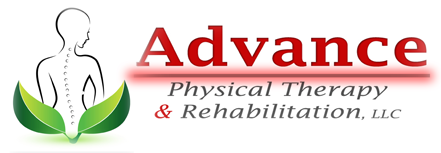
Scoliosis
What is scoliosis?
We all have curves in our spine, sometimes scoliosis causes the bones to curve to the side during a growth spurt before the onset of puberty in children between 10-15 years of age. Scoliosis cannot be prevented, but annual screenings are recommended for all children. There are two types of scoliosis, structural and non structural. In structural scoliosis, the curve is rigid and can only be reversed with surgery. Non structural scoliosis can be caused by a leg length discrepancy, one leg being shorter than the other, as well as a muscle spasm.
What Causes scoliosis?
The cause of scoliosis is still unknown, however doctors believe certain factors play a role in developing scoliosis. Birth defects can affect the development of the bones in the spine, as well as neuromuscular conditions such as muscular dystrophy and cerebral palsy. Injury to the spine, tumors, infections and family history can be a factor in developing scoliosis.
What are the symptoms and complications of scoliosis?
The symptoms of scoliosis are pretty easy to see, the waist and shoulders are uneven, one hip is higher than the other, one shoulder blade protrudes and is more prominent than the other. Children look shifted at the waist and trunk when standing upright. Complications of severe scoliosis can be disabling because it reduces the amount of space within the chest cavity. The ribs begin to put pressure on the lungs and heart, making breathing difficulty and reduces the hearts ability to pump blood. Also due to the incorrect curvature of the spine, people develop back problems over time. Teenagers with moderate to severe scoliosis may become self conscious about their appearance causing emotion and social challenges.
How is scoliosis diagnosed?
During a physical examination, the child stands and bends forward with the arms dangling in front of them. The MD examines the curvature of the spine, looking for any abnormality. Neurological testing of reflexes, muscle strength and numbness will often be performed. Along with additional imaging such as X-ray or MRI for a more detailed inspection of the spine.
How is scoliosis treated?
Children with mild scoliosis do not require any treatment, check ups of the spine are performed every 4-6 months to evaluate the spine for any further changes. Children with moderate scoliosis often require the use of a back brace to prevent further progression of the curvature. Physicians often refer to physical therapy to strengthen the core stability muscles and increase flexibility. Severe scoliosis which progresses over time requires surgery to correct the curvature. Frequently a spinal fusion is performed, connecting two or more bones together with metal rods, crews, hooks or wires to hold the spine straight. Over time the bones will fuse and the spine will continue to be straight. Post operative physical therapy is recommended to help recover and restore all functional activities.


